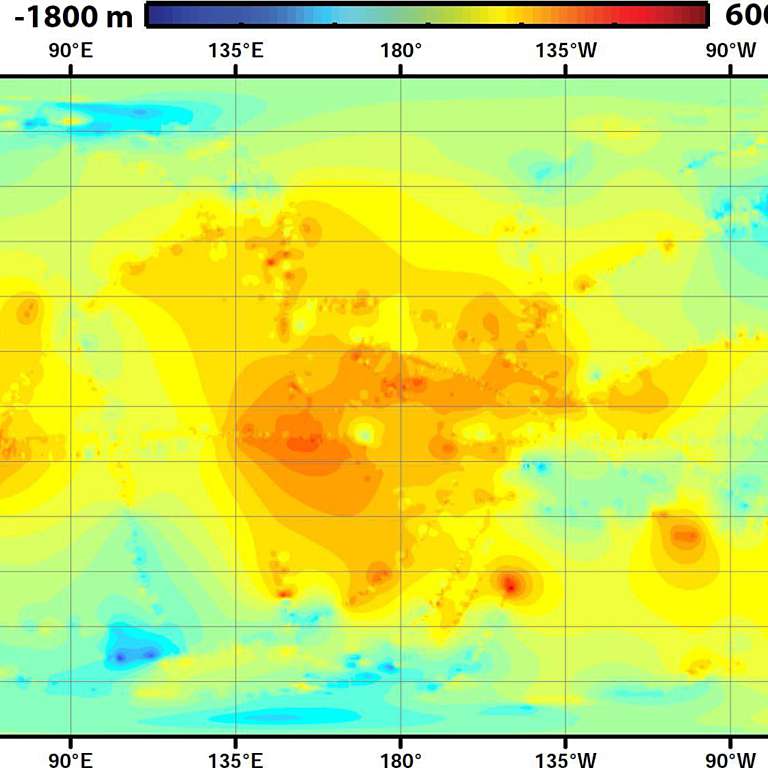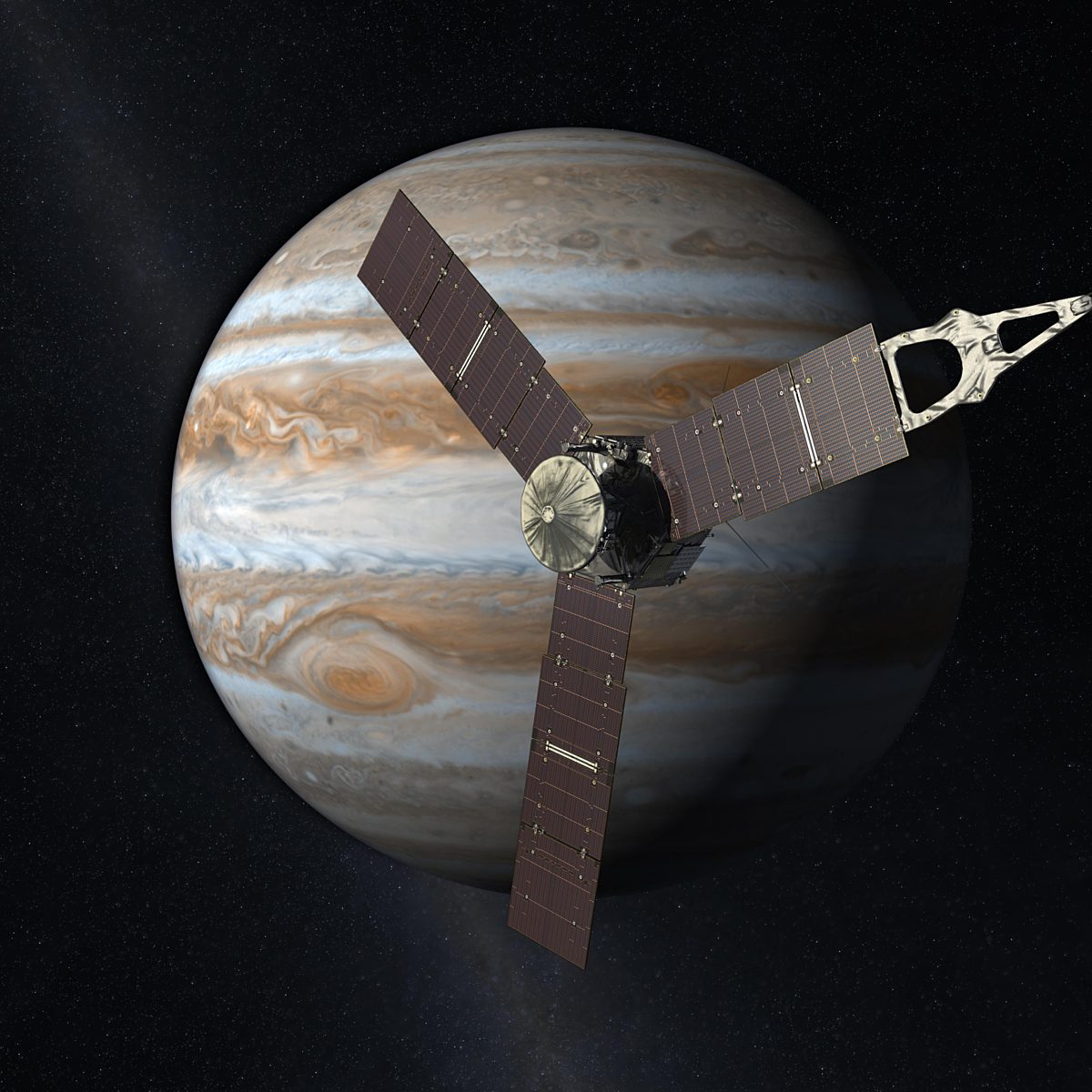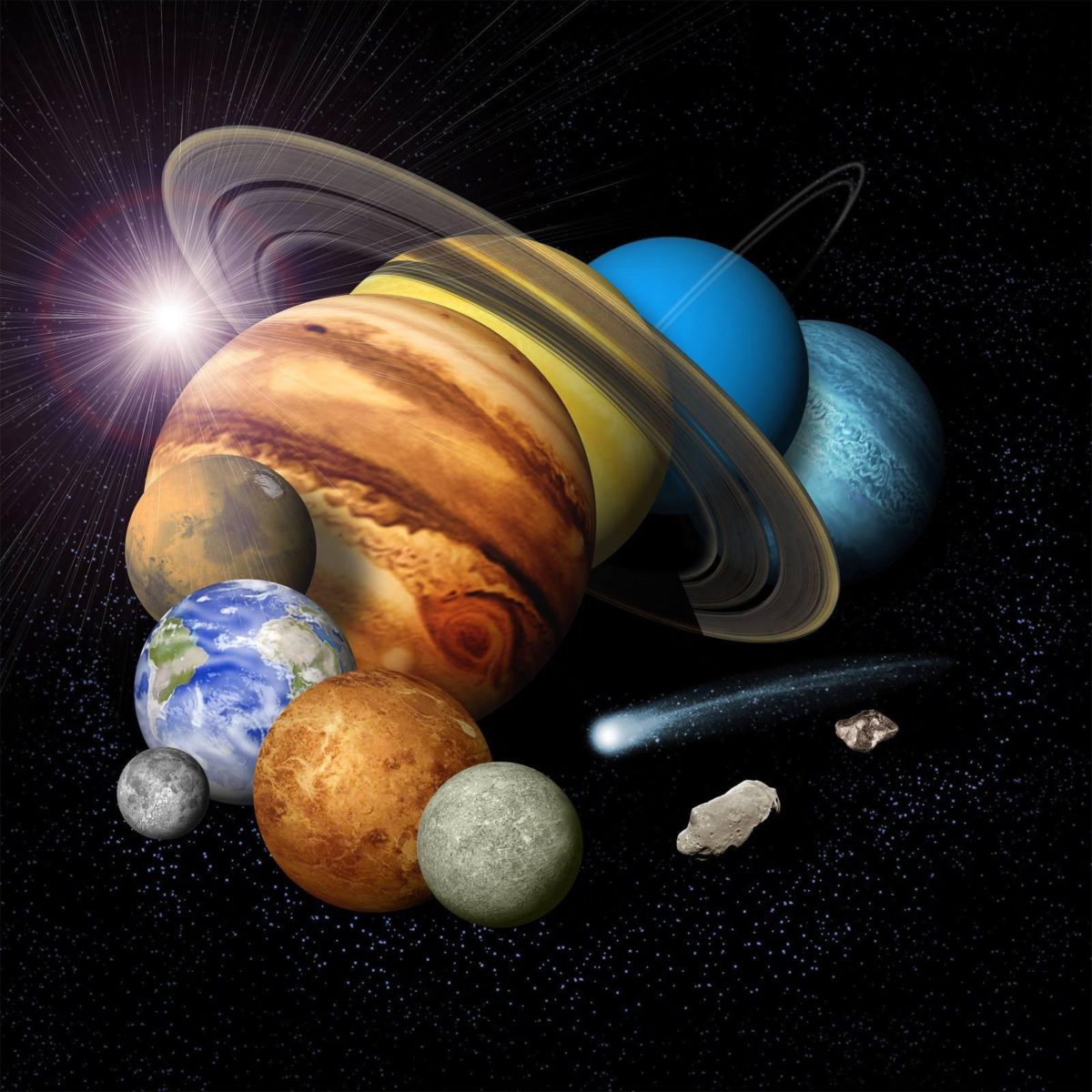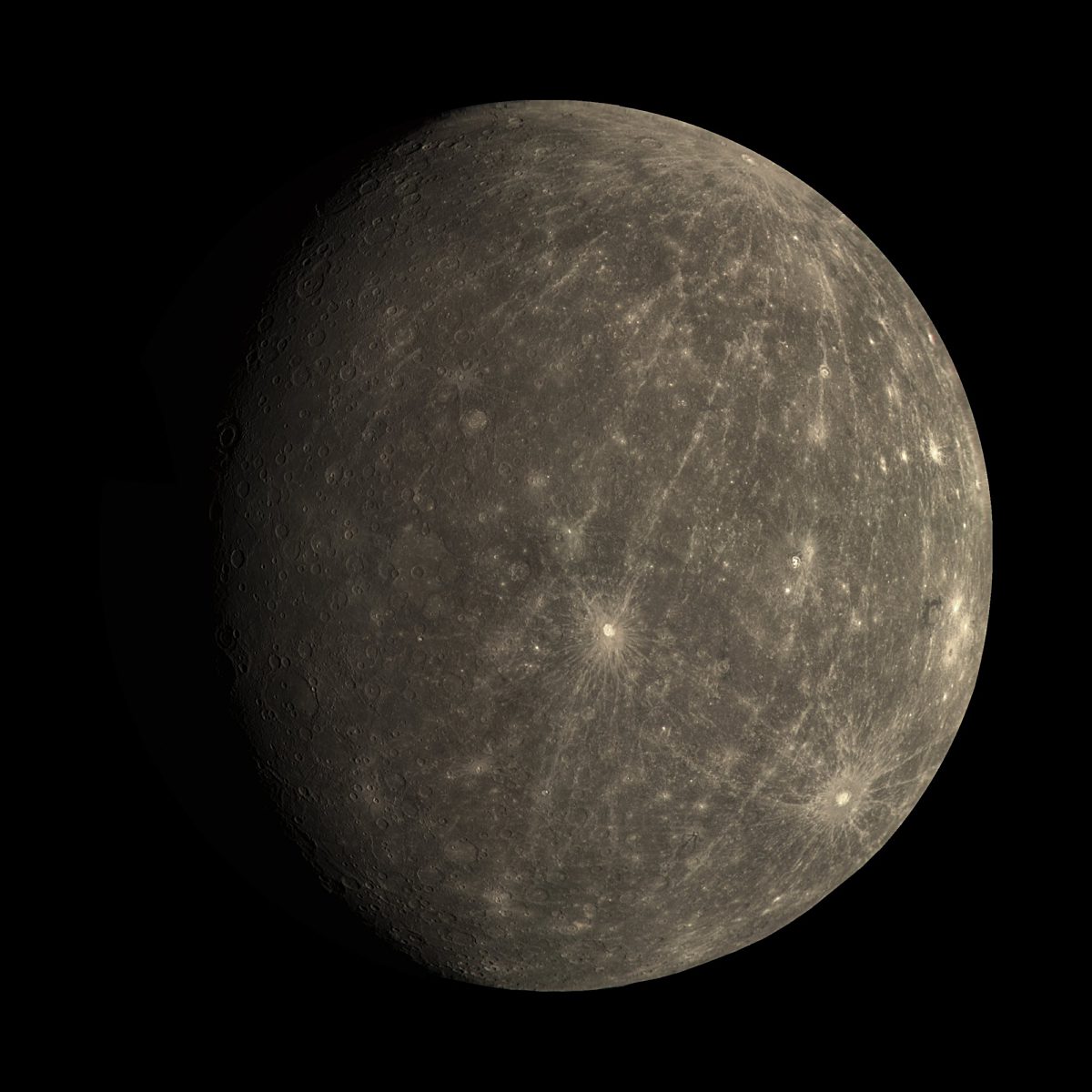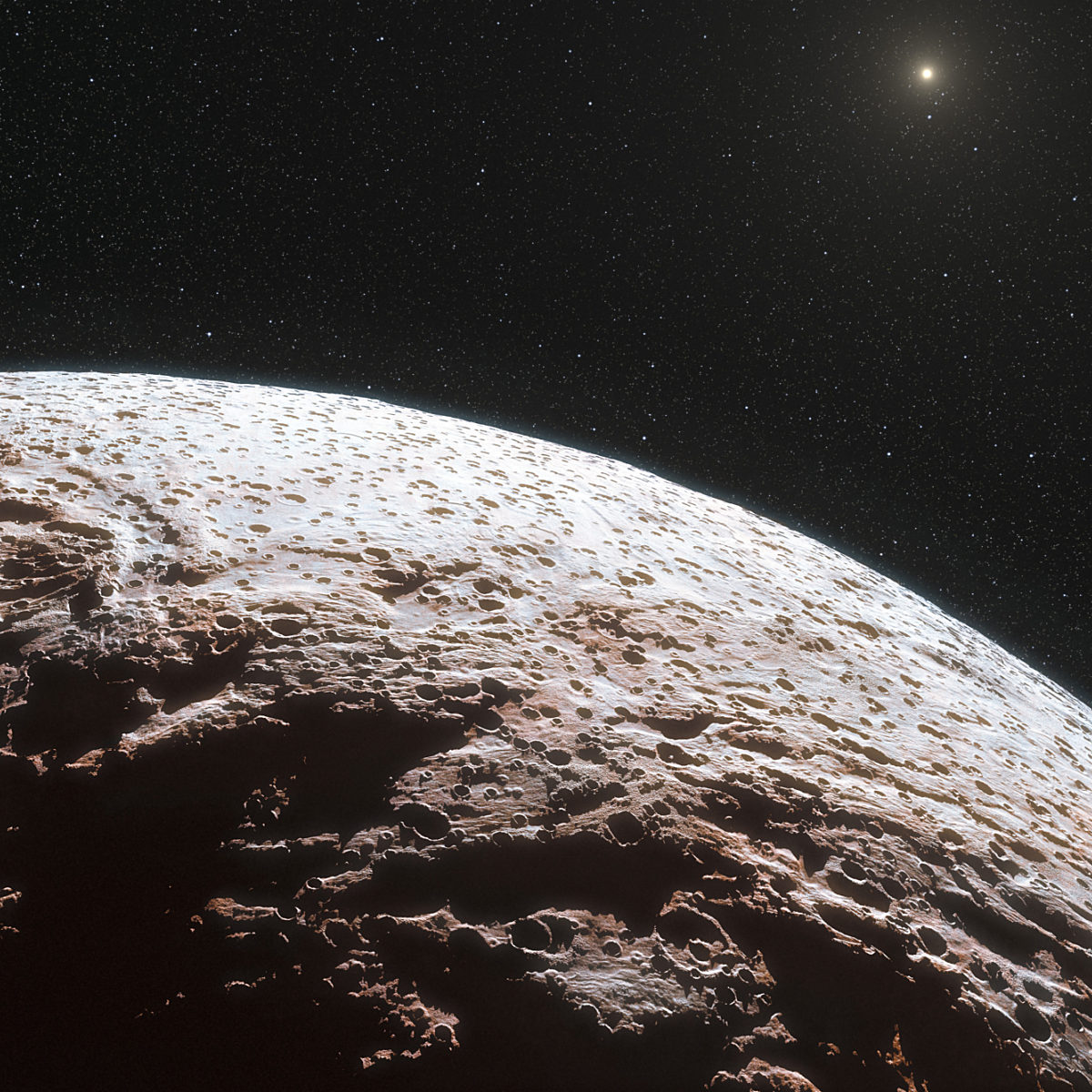All
All
Stories, updates, insights, and original analysis from The Planetary Society.
The Gems of Mars
An instrument on MRO can see minerals. What it finds can be pretty interesting.
Juno Flies By Earth Today
NASA's Juno spacecraft gets a gravity assist from the Earth on its way to Jupiter today. Learn all about today's close approach.
Juno's flying by Earth today, and images of the Moon are already on the ground!
Juno flies past Earth for a gravity assist at 19:22 UTC today, and the first images from the encounter are already on the ground and processed by amateurs!
DPS 2013: Tidbits from Titan
I attended a few talks at the Division for Planetary Sciences meeting today that concerned Titan's origin and interesting surface, and then one in the afternoon about the atmosphere.
Juno is in safe mode, but okay and on course following Earth flyby
Following its Earth flyby earlier today, Juno is in safe mode. This is the protective state a spacecraft goes into when it detects a problem. But everything is okay. For more details, I just spoke with Rick Nybakken, Juno Project Manager at the Jet Propulsion Laboratory.
Our Improved Optical Search for ET
The Planetary Society Optical SETI (OSETI) Telescope was successfully upgraded and fully tested, and is now fully operational looking for aliens. Here are some updates on the performance and progress. In summary, the upgraded telescope is performing just as hoped and is scanning the skies.
An early look at Comet ISON
Comet ISON is brightening as it approaches the Sun, and can now be seen from many ground-based telescopes.
Your Name...On Its Way to the Stars?
This week's Planetary Radio features artist Jon Lomberg inviting listeners to join the New Horizons Message Initiative.
An Ongoing Odyssey
Twelve years on, Mars Odyssey just keeps sending great images.
Mars Exploration Rovers Update: Opportunity Roves to Solander West, into Winter Campground
The Mars Exploration Rover (MER) mission stepped up preparations for the coming Martian winter in September as Opportunity rounded the northern tip of Solander Point and drove into what will be her campground at Endeavour Crater for the next six months or so. It's been nearly a year in the planning. Now, from the rover's first look around, this winter could turn out to be one for the books.
Announcement for DPS 2013: New plan for "Agency Night" features...me!
I'll be representing The Planetary Society on a quickly-replanned panel at tomorrow's Division for Planetary Sciences Meeting Agency Night, in the absence of any representatives from federal funding agencies.
DPS 2013: Some quick updates on Mercury
Some notes from the first day of the Division for Planetary Sciences meeting on Mercury.
Congratulations to LADEE on arrival at the Moon!
After a one-month journey from Earth to the Moon, NASA's Lunar Atmosphere and Dust Environment Explorer (LADEE) safely entered orbit at 10:57 UTC today, October 6.
Planetary evangelism
It's so exciting when the small talk that lubricates social interactions with strangers turns into an excited discussion of space and science.
Gaia Prepares for Ultimate Galactic Census
The European Space Agency's Gaia spacecraft is set to embark on a five-year, billion-star census next month.
Photos: India's Mars Orbiter Mission arrives at launch site
ISRO posted five photos from the momentous day of the Mars Orbiter Mission's shipment to Sriharikota.
Google+ Hangout with ESA about Europe's Mars exploration
The European Space Agency invited me to join Mars Express project scientist Olivier Witasse, and spacecraft oeprations manager Michel Denis for a Hangout on Europe's recent and future exploration of Mars and Phobos.
The 45th Division for Planetary Sciences meeting, Oct 6-11, 2013
The annual meeting of the Division for Planetary Sciences of the American Astronomical Society begins on Sunday and runs for a week in Denver, Colorado. I'll be attending all week, bringing you the latest news from across the solar system.
Government shutdown closes 3 of 4 National Radio Astronomy Observatories
The shutdown of the federal government continues to claim casualties. Today, the Green Bank Telescope, Very Large Array, and Very Long Baseline Arrays all shut their doors, blinding us to the radio sky and scuttling long-term research projects.
On space kindness and the Chelyabinsk meteor
Through an act of kindness, we now have images of the Chelyabinsk meteor trail from Russia's Elektro-L satellite.


 Explore Worlds
Explore Worlds Find Life
Find Life Defend Earth
Defend Earth


 Sun
Sun Mercury
Mercury Venus
Venus Earth
Earth Mars
Mars Jupiter
Jupiter Saturn
Saturn Uranus
Uranus Neptune
Neptune Small Bodies
Small Bodies


